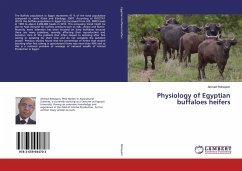
Physiology of Egyptian buffaloes heifers
Versandkostenfrei!
Versandfertig in 6-10 Tagen
51,99 €
inkl. MwSt.

PAYBACK Punkte
26 °P sammeln!
The Buffalo population in Egypt represents 47 % of the total population compared to cattle (Galal and Elbeltagy, 2007). According to FAOSTAT (2013) the buffalo population in Egypt has increased from 325, 0000 heads in 1993 to about 4,200,000 heads in 2013. This increasing trend might be due to high demand for buffalo products such as milk, cheese and butter. Recently, more attention has been focused on dariy buffaloes because there are many problems, severely, affecting their reproduction and lactation. One of this problem that hifers stoped to lactating after first calving or lactating for sh...
The Buffalo population in Egypt represents 47 % of the total population compared to cattle (Galal and Elbeltagy, 2007). According to FAOSTAT (2013) the buffalo population in Egypt has increased from 325, 0000 heads in 1993 to about 4,200,000 heads in 2013. This increasing trend might be due to high demand for buffalo products such as milk, cheese and butter. Recently, more attention has been focused on dariy buffaloes because there are many problems, severely, affecting their reproduction and lactation. One of this problem that hifers stoped to lactating after first calving or lactating for short time and do not complete the lactation season. Previous studies found that the persentege of hefers that stoped lactating after first calving in government farms was more than 40% and so this is a national problem of wastage of national wealth of Animal Production in Egypt.



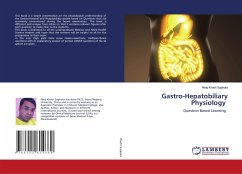

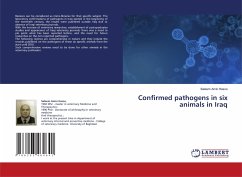



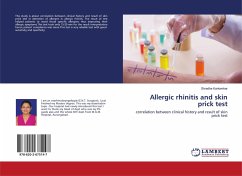
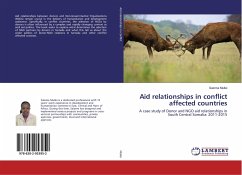
![Physics Practical Book [VOL-I] [C.B.C.S] Cover Physics Practical Book [VOL-I] [C.B.C.S]](https://bilder.buecher.de/produkte/60/60492/60492377n.jpg)
